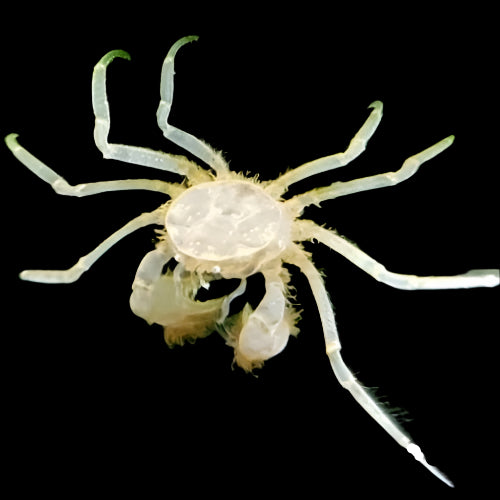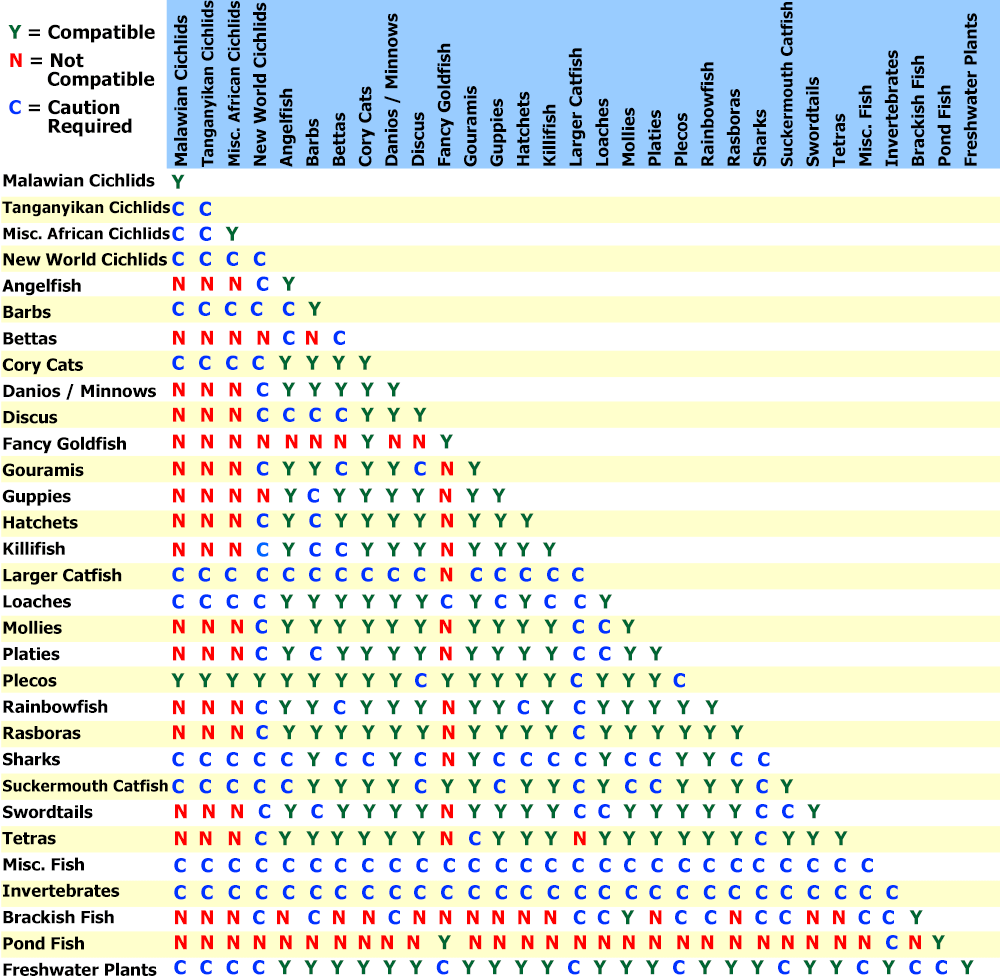Description
Thai Micro Spider Crab – A Tiny, Unique Crustacean for Your Aquarium
(Limnopilos naiyanetri)
The Thai Micro Spider Crab (Limnopilos naiyanetri) is a fascinating, miniature crustacean that brings a unique touch to any freshwater aquarium. Native to the streams and rivers of Thailand, these little crabs are known for their small size, spindly legs, and intriguing appearance. With their spider-like features and peaceful nature, the Thai Micro Spider Crab is a perfect choice for aquarists looking to add something different and captivating to their tanks.
Key Features:
-
Tiny Size: Reaches only about 2.5 cm (1 inch) in size, making it ideal for smaller tanks or nano setups
-
Unique Appearance: Its delicate, spindly legs and small body give it a spider-like look that is both fascinating and charming
-
Peaceful and Non-Aggressive: A peaceful species that enjoys hiding among plants, rocks, and substrate
-
Hardy: Adaptable to a variety of water conditions and a great option for beginners or experienced hobbyists alike
-
Low Maintenance: Requires minimal care and thrives in well-established tanks
Tank Requirements:
-
Minimum tank size: 20 liters (5 gallons) for a small group
-
Temperature: 22°C–28°C (72°F–82°F)
-
pH: 6.5–7.5 (neutral to slightly acidic)
-
Prefers a well-planted tank with soft to medium substrate like fine gravel or sand, which mimics its natural environment
-
Requires plenty of hiding spots using rocks, driftwood, and dense plants to feel secure
-
Moderate filtration and gentle water flow are recommended, as these crabs prefer slow-moving waters
Compatibility:
-
Peaceful Nature: The Thai Micro Spider Crab is very peaceful and can be kept with a wide variety of other small, non-aggressive species
-
Ideal tankmates include small shrimp, peaceful fish like tetras, rasboras, and other micro-crustaceans
-
Avoid keeping with larger or aggressive species that might harass or outcompete these delicate crabs for food
-
Can be kept in small groups of 4-6, but ensure there are enough hiding spaces for each individual to feel secure
Feeding Tips:
-
Omnivorous—feeds on a variety of foods, including plant matter, algae, and small invertebrates
-
Will scavenge for algae, biofilm, and detritus, helping to clean the tank
-
Supplement with high-quality sinking pellets, algae wafers, and small live or frozen foods like daphnia, brine shrimp, and bloodworms
-
Feed 2-3 times a week, ensuring food is small enough for these tiny crabs to handle
-
If kept with other small inverts or fish, be sure everyone gets enough food to prevent competition
Why Choose the Thai Micro Spider Crab?
The Thai Micro Spider Crab is an intriguing and unique crustacean that adds a touch of exotic flair to any tank. Its small size, spider-like appearance, and peaceful demeanor make it perfect for nano aquariums or community setups. Whether you’re a beginner or a seasoned aquarist, this charming little crab is sure to become a standout in your aquatic collection.
Click & Collect
Livestock will only be bagged once you arrive, or if you contact us in advance to request it ready beforehand.
Local Delivery
Order anything from our in-store range and have it delivered right to you.
-
Minimum spend: £50
-
Delivery up to 10 miles: £10
-
Delivery up to 25 miles: £20
Distances are measured “as the crow flies”, not by road.
Once your order is placed, we’ll be in touch to arrange a suitable delivery date and time.
Please note, delivery may take a little longer as we often group orders together to build an efficient delivery run.
Important: If you’re ordering a large aquarium, please ensure someone is available to help unload the van on arrival.
Dry Goods Delivery
-
DX Express: 1 working day, same-day dispatch before noon 0-75kg
-
Express Pallet: 1–3 working days 75-500kg
If you'd like to add more items to an existing order that hasn't yet been dispatched, please place a Click & Collect order and leave a note asking us to combine the orders.
Please note: We currently only dispatch parcels Wednesday to Friday.
Pre-Order
Want the full details? Check out our Terms & Conditions.
Livestock Delivery
Thursday Delivery – £24
-
Dispatched Wednesday afternoon
-
Delivered Thursday before 1pm
-
Order by Wednesday 12 noon
-
Minimum spend: £50
Friday Delivery – £24
-
Dispatched Thursday afternoon
-
Delivered Friday before 1pm
-
Order by Thursday 12 noon
-
Minimum spend: £50
Saturday Delivery – £29
-
Dispatched Friday afternoon
-
Delivered Saturday before 1pm
-
Order by Friday 12 noon
-
Minimum spend: £50
📦 Want to Add to an Existing Order?
No problem! Just place a Click & Collect order and leave a note asking us to link it with your original one (as long as it hasn’t been dispatched yet).
🛒 Dry Goods Now Included!
You can now include dry goods in your livestock delivery – perfect for topping up supplies in one go.
❄️ Please note: We can’t send frozen food with livestock – please order frozen items separately.
⚠️ Delivery Exclusions
Unfortunately, we’re unable to deliver livestock to the following postcodes:
Scotland & Isles:
AB30–AB56, DD8–DD10, DG3–DG9, DG12–DG14, FK17–FK21, KA18–KA19, KA26–KA30, PA20–PA38, PA80, PH3–PH40
Cornwall Isles: TR21–TR25
All of the following postcodes are excluded:
BT, HS, IM, IV, JE, KW
Plus Channel Islands and Shetland Islands
Payment & Security
Your payment information is processed securely. We do not store credit card details nor have access to your credit card information.


